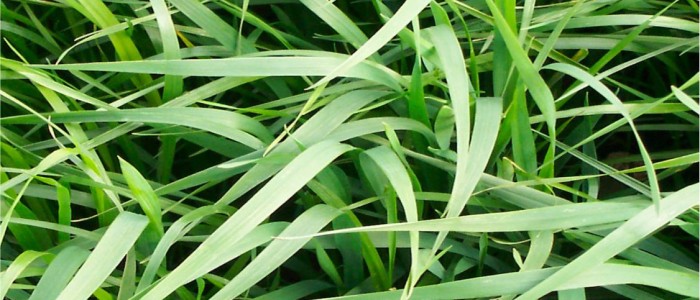-
 Turf Grass Seed Bluegrass, Bentgrass, Ryegrass, Fescues...
Turf Grass Seed Bluegrass, Bentgrass, Ryegrass, Fescues...
-
 Forage Seed Bromes, Clovers, Fescue, Wheatgrass, Legumes
Forage Seed Bromes, Clovers, Fescue, Wheatgrass, Legumes
-
 Grains Wheat Grain, Rye Grain
Grains Wheat Grain, Rye Grain
-
 Cover Crop Seed Buckwheat, Clover, Peas, Ryegrain
Cover Crop Seed Buckwheat, Clover, Peas, Ryegrain
-
 Wildflower Seed Mixtures, Singles, Annual, Perennial
Wildflower Seed Mixtures, Singles, Annual, Perennial
-
 Sprouting Seeds Fully certified Non-GMO Organic seeds for sprouts or microgreens
Sprouting Seeds Fully certified Non-GMO Organic seeds for sprouts or microgreens
Piper Sudangrass
Piper is a versatile C4 (warm season) summer annual forage grass used for hay, pasture green chop. Piper is also desirable as a cover crop for green manure application. The fine stems make it a top choice for hay production. Prolific tillering and strong seedling vigor produces a rapidly established and high yielding forage crop with fast recovery after cutting or grazing. Piper has produced 40 ton quality feed per acre/season in the SW USA. Piper also features abundant root biomass to enhance soil organic matter.
Piper responds best to substantial moisture, yet it’s also considered to be drought tolerant. It’s also tolerant of high pH, salinity and partial shade. Mowing encourages root growth. Heavier seeding rates will support weed suppression.
Seeding Rate:
Grass/Hay Mix: 50-100 lbs/ac (broadcast)
45-80 lbs/ac (drilled)
Grazing/Gr. Chop: 35-60 lbs/ac (broadcast)
30-50 lbs/ac (drilled)
Note: Prussic Acid is a toxic, poisonous substance that can be present in the stems of growing sudangrass. It can be ingested by grazing livestock. It is not a concern in hay produced from sudangrass fields. Consult with a local nutritionist regarding Prussic Acid issues and your livestock species. First growth should be 25” in height before grazing. Grazed fields should not be stressed for water. Frosted sudangrass pasture should not be grazed if succelent new growth is present. Horses are not recommended for grazing sudangrass.

